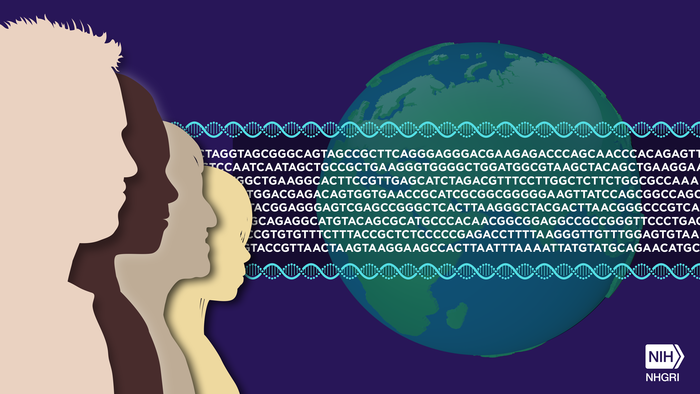
Human DNA Map Completed – Biotechnology
New Genes, More Than 3,400 Than We Know So Far: The Book of Life is finally complete and its still-blank pages have been written, about 8% of the volume. After 20 years, the map of the human genome has been completed thanks to an unprecedented technological effort and the result is online on the BioRxiv website, which welcomes articles awaiting scrutiny by the scientific community.
The research’s many authors, affiliated with the T2T (Telomere-to-Telomere) consortium, are opening the way to the possibility of knowing individual chromosomes at a level of detail previously unattained, with ramifications in many areas of biomedicine, from diagnostics to innovative therapies. However, at the moment, the most interesting component concerns the technologies that made it possible to achieve this result and which have proven to be effective.
The first author of the research is Sergey Norck, an expert in computational genomics from the US National Institutes of Health (NIH) and the University of California, Santa Cruz, and represents The Washington Institute in Seattle and the National Human Genome Research Institute in Maryland.
The new human DNA map now includes 3.9 billion base pairs, compared to 3.2 billion in the first sequence obtained 20 years ago by the International Federation for the Sequencing of the Human Genome, and in parallel with the small company Celera run by Craig Venter. .
In contrast to the map obtained 20 years ago, the map just revealed was not obtained from the individual’s DNA, but from the result of an abnormal pregnancy, that is, from the development in the uterus of ovum without a nucleus (the so-called “molar pregnancy” or “ hydatidiform mole”), which consequently contains two copies of the same 23 chromosomes, rather than two different sets of chromosomes, like normal human cells.
New DNA sequencing technologies developed in recent years have made it possible to complete the map. Thanks to these, it was possible to fill in the gaps and gaps left 20 years ago that correspond to about 8% of the genome. “This study represents an important step forward from a technical point of view because it proves, if confirmed, that it is now possible to arrange entire chromosomes, from one end to the other,” notes Human Technopole Director, Ian Mataj. The technology available at the time of the first map “did not allow those stretches of frequently repeating DNA that make up about 5% of the human genome to be sequenced. The new data – says Matag – was obtained from uncommon human cells, which have two identical sets of the same 23 chromosome, but proof of principle that it would indeed be possible to obtain a complete genome sequence.In addition to highly repetitive DNA sequences, which are thought to be involved in both gene expression, genome regulation and evolution, the research reveals 3,400 new protein-coding genes, says Mataj. , that is 4% more than those identified in the Genome Project.”
For the T2T consortium researchers, their result represents “the largest advance in knowledge of the human genome since the first map was published”. The number of bases, that is, the words in which the human genome book was written, has increased by 4.5% and the genes that control the production of proteins are now 0.4% more: for the authors of the paper, these are new genes However, ignorance may be enough to understand unknown aspects of the human genome For example, the way genes are regulated.

“Incurable web evangelist. Hipster-friendly gamer. Award-winning entrepreneur. Falls down a lot.”
